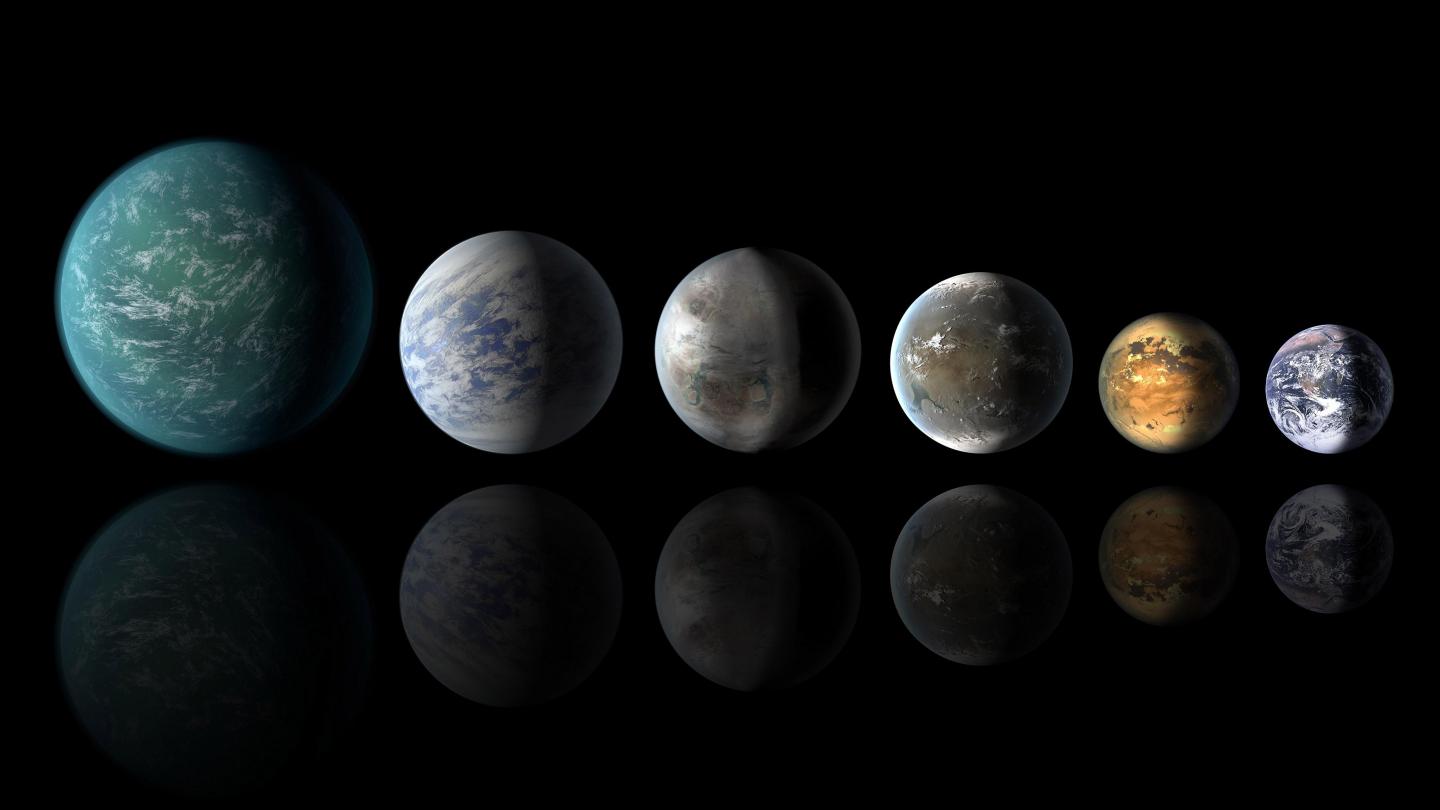Finding potentially habitable planets beyond our Solar System is no easy task. While the number of confirmed extra-solar planets has grown by leaps and bounds in recent decades (3791 and counting!), the vast majority have been detected using indirect methods. This means that characterizing the atmospheres and surface conditions of these planets has been a matter of estimates and educated guesses.
Similarly, scientists look for conditions that are similar to what exists here on Earth, since Earth is the only planet we know of that supports life. But as many scientists have indicated, Earth’s conditions has changed dramatically over time. And in a recent study, a pair of researchers argue that a simpler form of photosynthetic life forms may predate those that relies on chlorophyll – which could have drastic implications in the hunt for habitable exoplanets.

